How does it feel knowing someone reliable has your back? It could be a loved one or a friend but, the thought of knowing someone has your back is priceless, and that is what protection dogs do. They offer a unique blend of loyalty and security.
But what protection dogs do goes far beyond barking at strangers or following you around the house. They are trained to sense danger, act quickly, and respond based on your needs. These remarkable animals are more than pets, they are partners in safety, trusted to stand between you and potential harm.
Let’s get into the blog post and find out what protection dogs do in detail and see also how they bring more than just security into your life.
What Protection Dogs Do: Defining Their Unique Traits

Not every dog can be a protection dog. These dogs are chosen and trained for their specific traits, including loyalty, alertness, courage, and obedience. A protection dog isn’t just reactive it is calm, measured, and only acts when necessary. This makes them reliable in high-pressure situations.
Unlike regular pets, protection dogs aren’t easily distracted. They remain focused on their surroundings, scanning for anything unusual. It’s this awareness and ability to stay alert that make them stand out from ordinary household dogs.
Guarding a family or accompanying them on errands, these dogs know when to switch between a relaxed companion and a vigilant protector.
What Protection Dogs Do Based on Their Roles
Protection dogs aren’t one-size-fits-all. Their roles vary depending on the needs of their owners. Let’s take a closer look at some of the most common types:
1. Family Protection Dogs
Family protection dogs are trained to guard the home and protect family members. They are calm and friendly around children but become alert if they sense a threat. Their primary role is to make your family feel safe, both inside and outside the home.
2. Personal Protection Dogs
These dogs are partners for individuals who may feel vulnerable, such as business owners or people living alone. Personal protection dogs accompany their owners in public, ready to defend them if needed.
3. Guard Dogs
Guard dogs patrol specific areas, such as businesses or private properties. They are less social than family or personal protection dogs, focusing on keeping intruders out of restricted spaces.
4. Police and Military Dogs
These highly trained dogs work with law enforcement or military units. They assist with tasks like tracking suspects, detecting explosives, and performing search-and-rescue missions.
How Protection Dogs Detect and React to Threats
One of the most impressive aspects of what protection dogs do is their ability to detect and respond to threats. Their training combines instinct and strategy. They pick up on signals like changes in a person’s tone of voice or body language that may go unnoticed by humans.
When a potential threat is detected, the dog assesses the situation. If it’s minor, the dog might remain alert without acting. If the situation escalates, the dog will shift into protective mode, ready to block, bark, or intervene physically.
For example, if an intruder enters your yard, the dog may bark as a warning. But if the threat becomes more serious, the dog will act either holding the person in place or physically intervening until you’re safe.
What Protection Dogs Do Beyond Security: Emotional Support and Companionship
While these dogs are known for their protective roles, they also offer emotional support and companionship. They build strong bonds with their owners, providing comfort and reducing anxiety.
A protection dog isn’t just a tool for safety it’s a friend. Many owners describe how these dogs help them feel more confident and secure in their everyday routines. The companionship they offer makes them valuable even when no threats are present.
In fact, for some people, the emotional benefits of owning a protection dog are just as important as the physical security they provide. The presence of a loyal companion who is always there for comfort or defense can make a huge difference.
Important Things to Know About What Protection Dogs Do
Before deciding to get a protection dog, it’s important to understand the commitment involved. These dogs require ongoing training, care, and attention. Owning one means taking responsibility not just for its well-being but also for how it interacts with others.
You’ll need to invest time in training to maintain the dog’s skills and bond with it properly. Financially, the cost of training and care can be significant—but many owners find the investment worth it for the sense of security and companionship they receive in return.
Matching the right dog to your needs is also crucial. Not every breed or personality fits every lifestyle, so it’s essential to work with professionals who can help you find the right fit.
What Protection Dogs Do vs. Other Security Options
Choosing between a protection dog and other security measures depends on your specific needs. Some people prefer surveillance systems, alarms, or personal defense tools, while others find a protection dog offers a more personal sense of safety.
The key difference is that a protection dog provides both security and companionship. If you’re looking for a more hands-on, interactive way to feel safe, a protection dog could be the right choice. However, it’s important to ask yourself a few questions:
- Do I have the time and resources to care for a protection dog?
- Am I comfortable with the responsibilities that come with owning a highly trained animal?
- Will this dog fit into my lifestyle and meet my security needs?
How Training Shapes Protection Dogs
The magic behind a protection dog lies in its training. These dogs go through a structured program that covers obedience, guarding behavior, and threat detection.
At the most basic level, they learn to follow commands like sit, stay, and heel. From there, they move into more advanced skills learning to identify and respond to specific threats. For example, they are trained to detect aggressive body language or sudden movements that signal danger.
Some protection dogs are also taught to protect on command. With a single word, they will intervene in a dangerous situation, while another command can call them off instantly. This precise training ensures the dog only acts when needed, preventing unnecessary aggression.
Conclusion
What protection dogs do goes beyond guarding they provide loyalty, companionship, and confidence. Whether you’re looking to protect your home, accompany you in public, or simply feel more secure in your daily life, these dogs offer a unique combination of safety and emotional support.
If you’re ready to explore the possibility of owning a protection dog, or find out the most protective dog breed, start by assessing your needs and reaching out to professionals who can help you find the right match. With the right dog by your side, you’ll have more than just protection you’ll have a loyal partner for life.

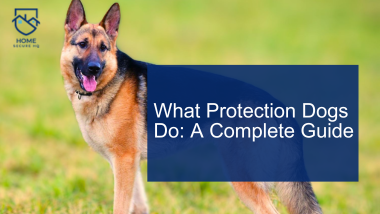
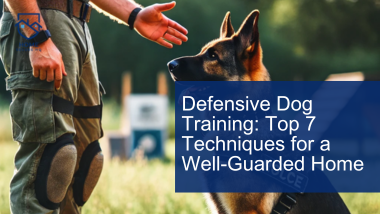
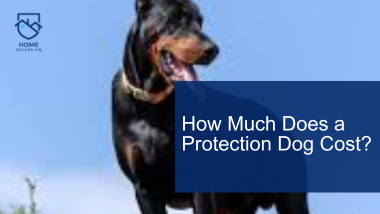

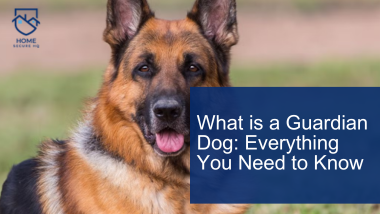
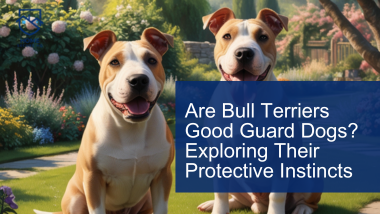
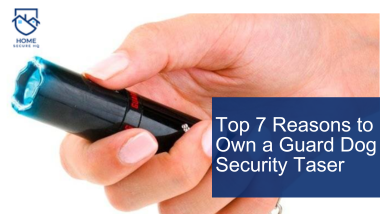
4 comments
Strands Hint Hi there to all, for the reason that I am genuinely keen of reading this website’s post to be updated on a regular basis. It carries pleasant stuff.
Thank you
Good write-up, I¦m regular visitor of one¦s site, maintain up the nice operate, and It is going to be a regular visitor for a lengthy time.
Thank you
Comments are closed.